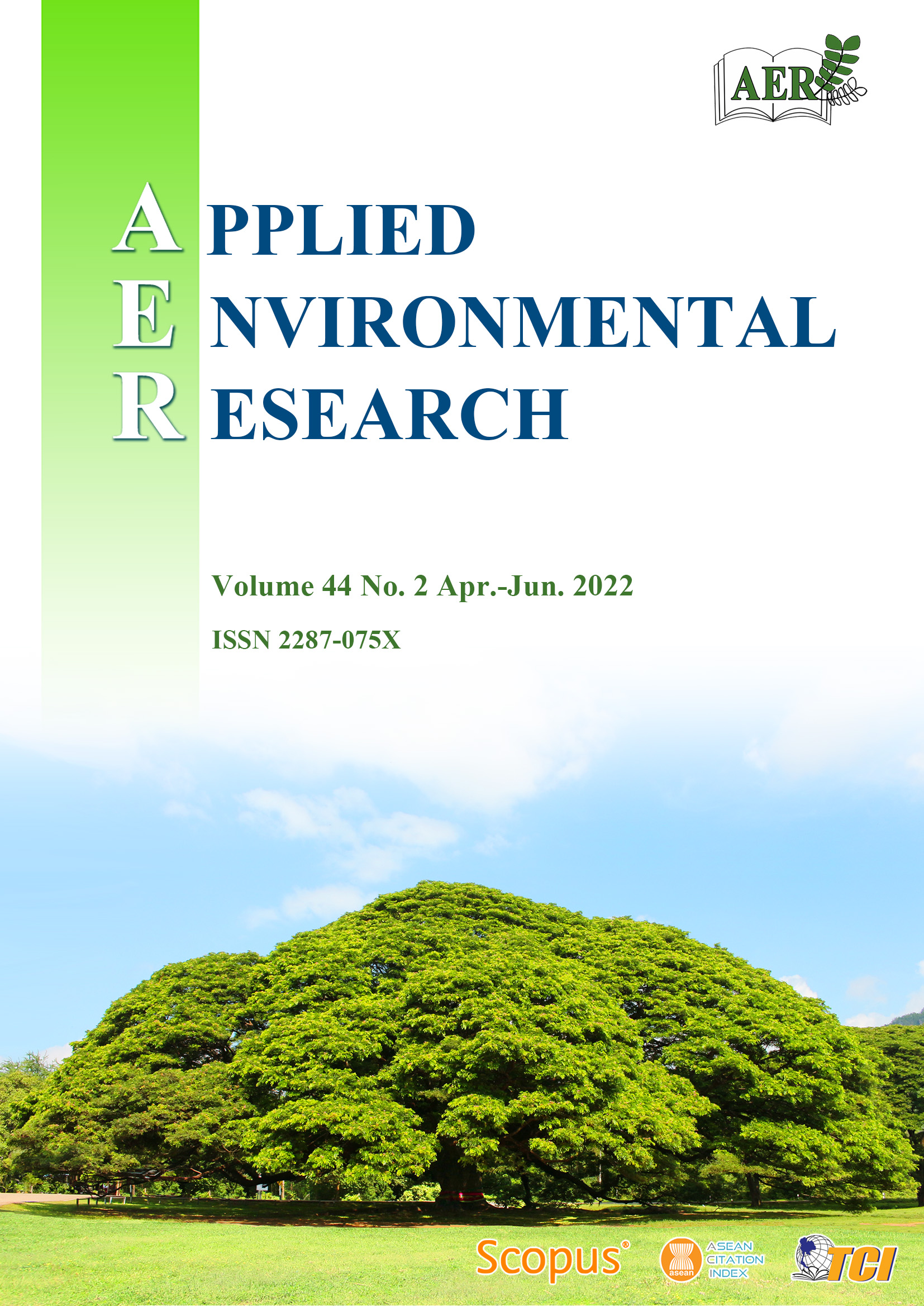Groundwater Quality Assessment Using Groundwater Quality Index and Multivariate Statistical Methods and Human Health Risk Assessment in a Coastal Region of the Vietnamese Mekong Delta
Main Article Content
Abstract
This study aimed to evaluate the suitability of groundwater for drinking purposes and assess the associated human health risks for different age groups in a coastal province of Mekong Delta, Vietnam. Twenty groundwater samples were collected in Soc Trang Province, and various water quality parameters were analyzed. The data were employed to calculate entropy-weighted groundwater quality index (EWQI), principal component analysis (PCA), cluster analysis (CA), and non-carcinogenic and carcinogenic risks for adult and children health. The results revealed that groundwater in some locations, especially in GW19, was polluted by hardness, total dissolved solids, NH4+, Cl-, Fe, total coliform, and E. coli. In addition, 5 principal components from the PCA results could explain 84.5% of the total variation of groundwater quality, which also suggested that the potential groundwater pollution sources were geochemical processes, agricultural activities, domestic and industrial wastewater, seawater intrusion, and excessive nitrogen fertilizer application. The CA results showed that monitoring locations can be divided into 4 clusters based on their similarities in groundwater quality, and the most polluted group was found at cluster IV (GW19). The computed EWQI values ranged from 20.05 to 738.52, with approximately 45% of total samples classifying good to excellent water quality. The sampling points with undrinkable quality are mainly located in the northeast and center of the province. The ratio of children and adults under the threat of adverse health effects due to drinking groundwater contained non-carcinogenic substances (NH4+, NO2-, NO3-, Cd, Cu, F-, Mn, and As) ranged from 5 to 40%, and children had higher risks compared to adults. Additionally, the consumption of As-contaminated groundwater also poses carcinogenic risks for children, female and male adults ranging from 4.80×10-6 to 1.33×10-4. The findings of this study can provide helpful information for policymakers in the development of long-term water management strategies to protect community health.
Article Details

This work is licensed under a Creative Commons Attribution-NonCommercial 4.0 International License.
Published articles are under the copyright of the Applied Environmental Research effective when the article is accepted for publication thus granting Applied Environmental Research all rights for the work so that both parties may be protected from the consequences of unauthorized use. Partially or totally publication of an article elsewhere is possible only after the consent from the editors.

